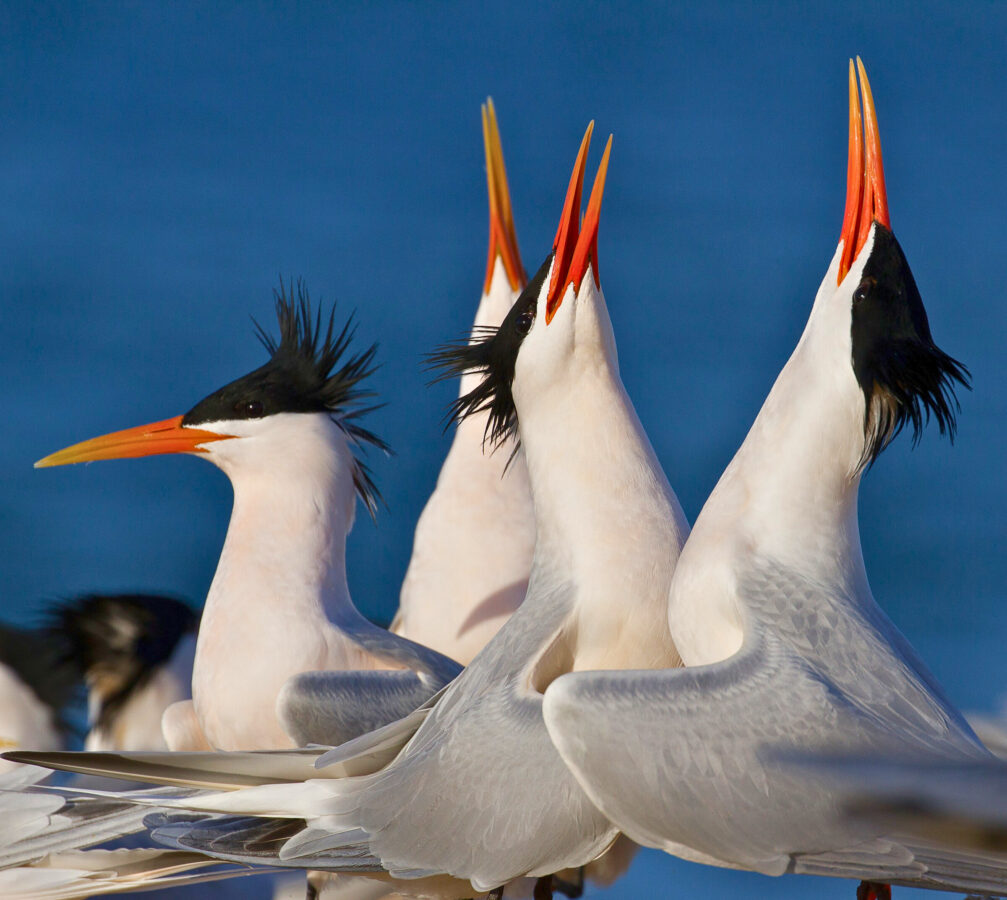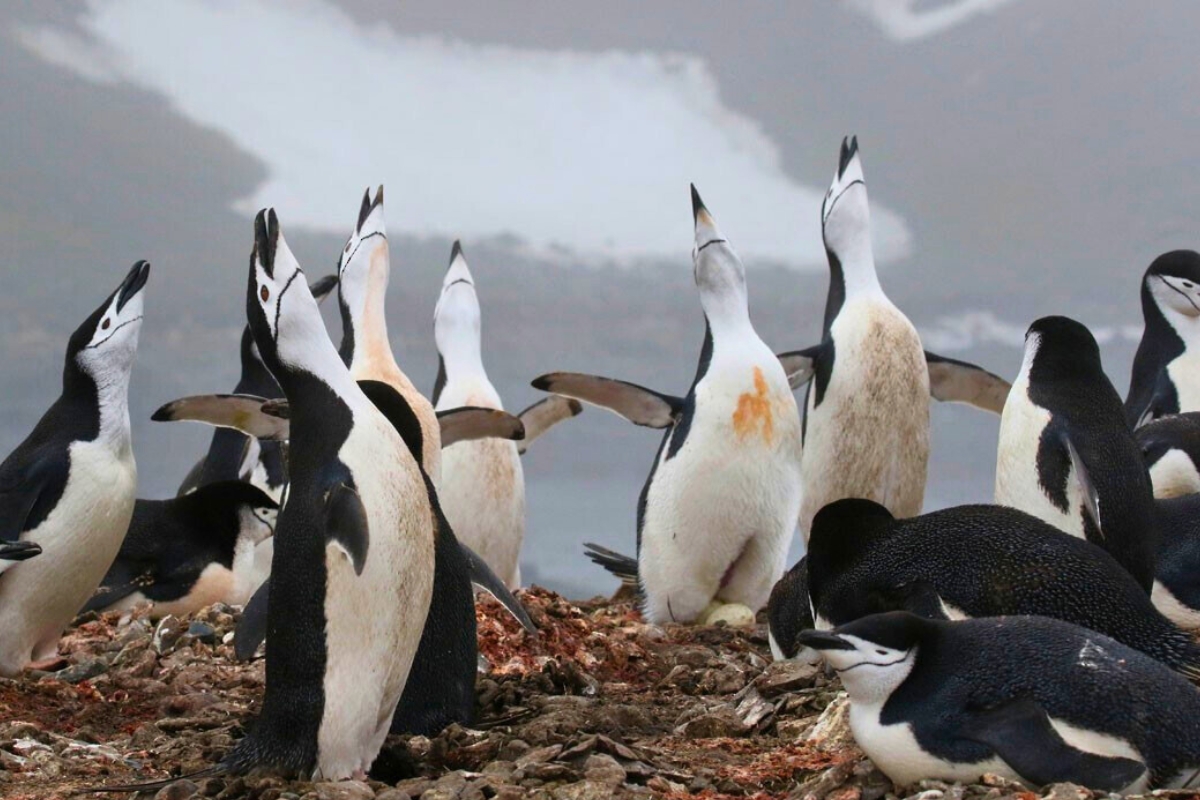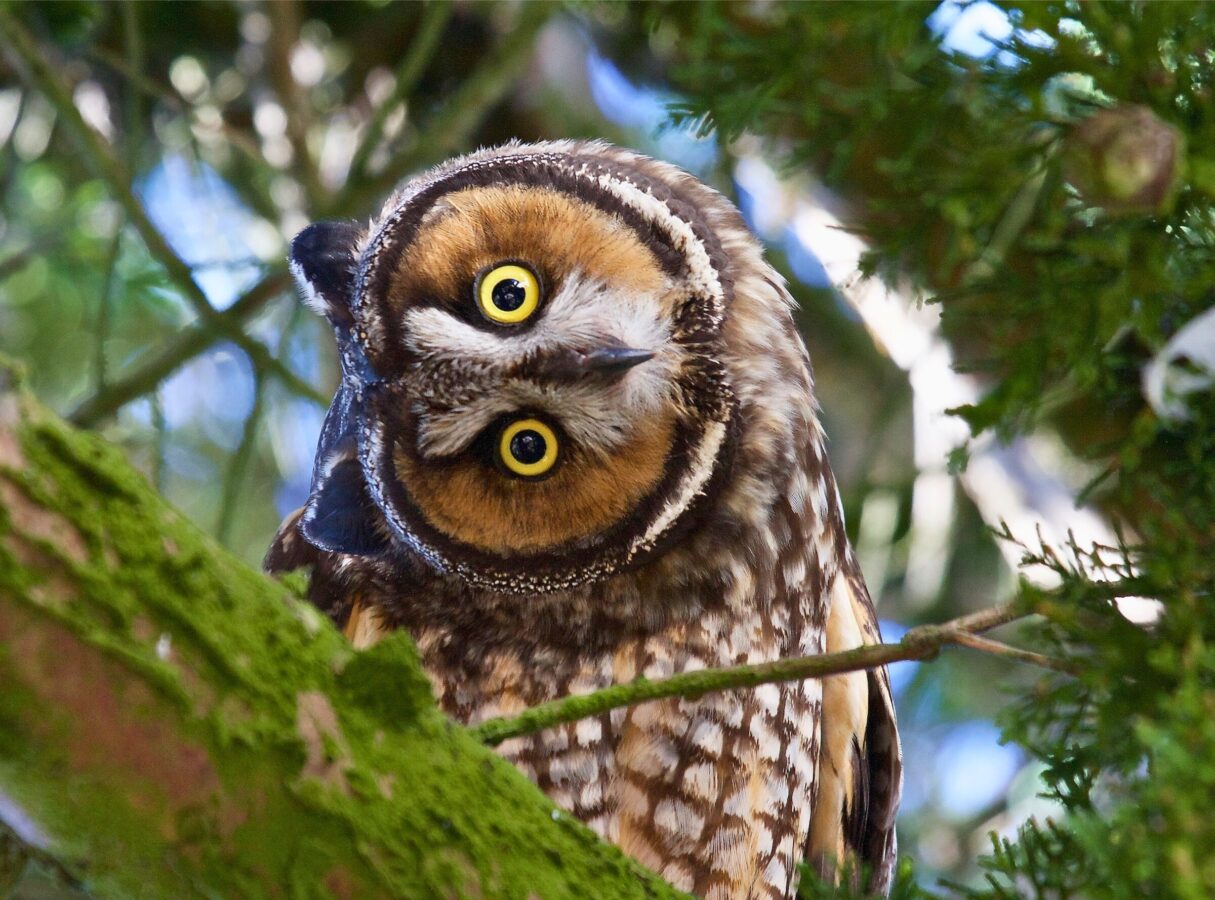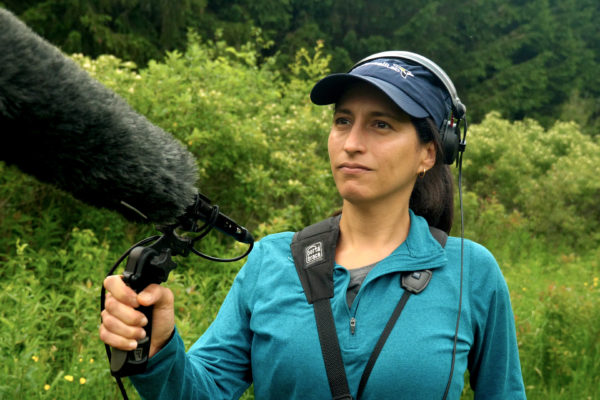Why Record Bird Sound?
Why Record Bird Sound?
1. Create and Contribute to a Larger Story
Each sound you capture helps piece together the bigger picture.
When you record bird sound, you’re capturing something real—a moment in the life of a bird, a thread in a much larger soundscape. When shared to the Macaulay Library, that recording becomes part of the world’s largest scientific archive of wildlife sounds. You’re not just saving a moment—you’re contributing to a growing sound collection that fuels global research, supports conservation, sparks creativity, and helps people everywhere connect more deeply with birds and nature.
Scientists and researchers use recordings to:
- Track where and when species are present across regions and seasons
- Study vocal behavior to reveal patterns of communication
- Detect changes in soundscapes tied to habitat, noise, or climate shifts
Educators use them to:
- Help students learn to identify species by sound
- Bring bird biology to life through interactive lessons
- Inspire observation through the language of birds


2. Train Your Bird Ear & Sharpen Your Senses
Recording birds can help you listen more deeply and learn faster.

Recording bird sounds engages you in a more intentional kind of listening. The moment you prepare to record, your awareness sharpens—you begin to notice not just birds, but the structure and texture of the soundscape around you. Each chirp, trill, and moment of silence becomes part of a larger acoustic story unfolding in real time.
Recording bird sounds also helps you notice who’s vocalizing, how they interact, and how the environment shapes their calls. Replaying the audio later allows you to study rhythm, tone, and variation more closely. Like learning a new language, it trains your ear to recognize both individual species and the patterns of the broader soundscape.
3. Fuel Creative Projects
Field recordings can inspire music, writing, and other creative work by capturing the mood and rhythm of a place. Bird sounds can spark fresh ideas and influence how you feel, hear, and create.
Creators across music, film, and visual art use Macaulay Library recordings to build immersive works that connect people to nature through sound.
- Bird calls from the Macaulay Library shape the sound of everything from animated adventures to nature documentaries—heard in films like Harry Potter, Ratatouille, The Sonic Sea, and beyond.
- Artists and composers tap into the Macaulay Library to create sound-rich works—from installations and sculptures to electronic beats and poetry—featured in The Muse: An Exploration of Birdsong in Art.
4. Listen for the Story
Birds are busy—singing to mates, warning rivals, raising chicks—and they talk about all of it. When you record bird sound, you start hearing how they communicate: alarm calls ripple through treetops, a territorial song gets answered from across the field, or one bird changes its tune in response to another. Want to start decoding what you’re hearing?
Use this brief Sound Behavior Explorer to begin recognizing what different calls and songs might be telling you.
- Song—longer, more elaborate, and used to attract mates or defend territory
- Call—shorter sounds used to identify individuals, warn about predators, or share information about food
- Flight Song—delivered while flying, and can be part of a display
- Dawn Song—sung mainly in the early morning or at sunrise, more intense and louder than daytime songs
- Alarm Call—a quick, sharp signal, warning of a predator or threat
- Begging Call—a young bird’s call for food
Learn How to Record Bird Sounds
Get started recording with a self-paced, online course built by the experienced sound recordists of the Cornell Lab’s Macaulay Library.

Explore what this course has to offer with a free preview. Discover great tips for recording on the field, learn more about microphones, and expand your bird sound vocabulary.
